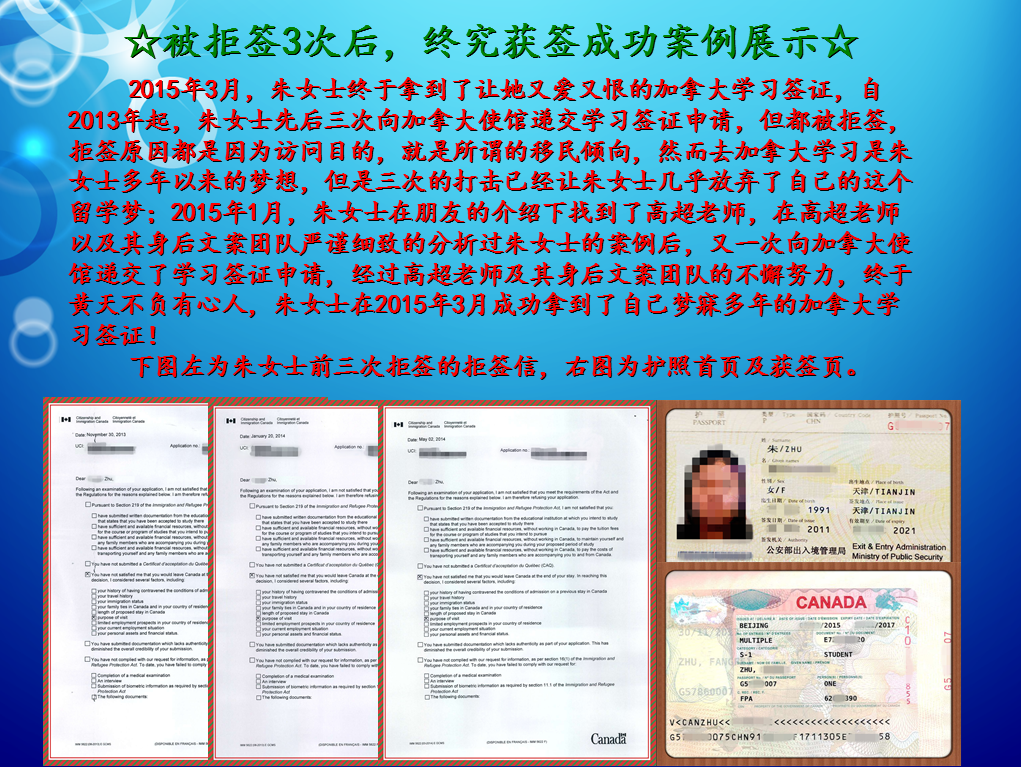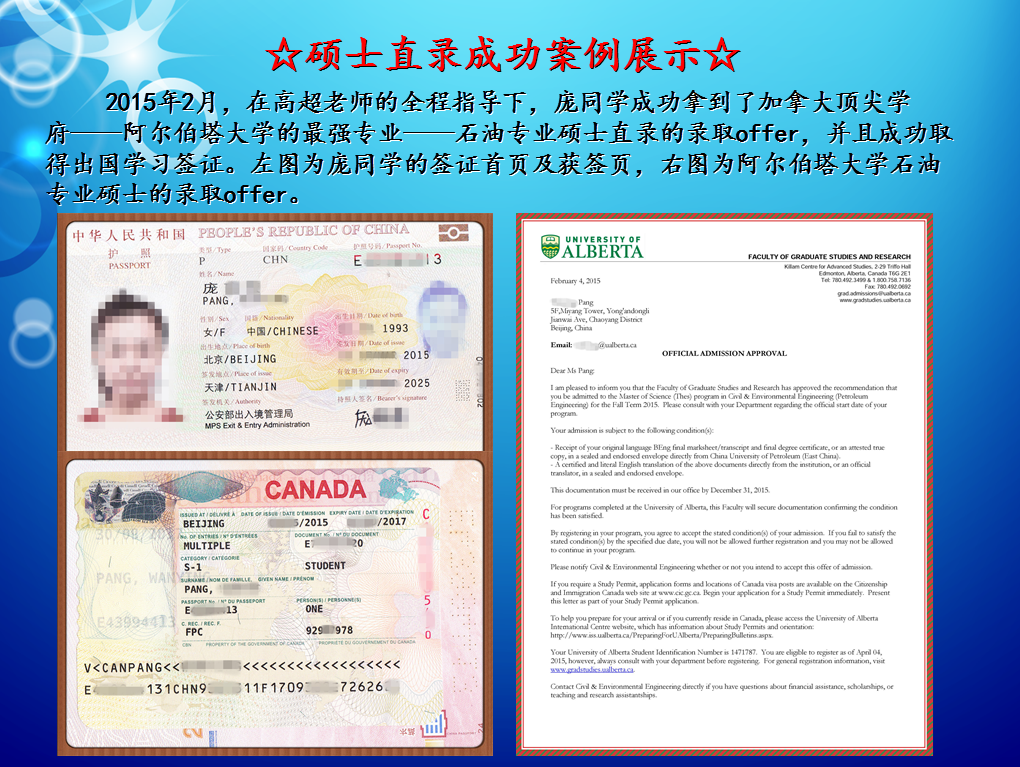雅思阅读真题文章之Ants.
2017-08-07 408阅读
下面是一篇关于ants的雅思阅读真题文章,这篇雅思阅读真题的主要内容是讨论而来虽然单个的蚂蚁可能不那么聪明,但是一群蚂蚁的智慧是不容小觑的。斯坦福大学的相关研究人员对此加以研究,下面是详细内容。
Collective intelligence::Ants and brain&aposs neurons
STANFORD - An individual ant is not very bright, but ants in a colony, operating as a collective, do remarkable things.
A single neuron in the human brain can respond only to what the neurons connected to it are doing, but all of them together can be Immanuel Kant.
That resemblance is why Deborah M. Gordon, StanfordUniversity assistant professor of biological sciences, studies ants.
"I&aposm interested in the kind of system where simple units together do behave in complicated ways," she said.
No one gives orders in an ant colony, yet each ant decides what to do next.
For instance, an ant may have several job descriptions. When the colony discovers a new source of food, an ant doing housekeeping duty may suddenly become a forager. Or if the colony&aposs territory size expands or contracts, patroller ants change the shape of their reconnaissance pattern to conform to the new realities. Since no one is in charge of an ant colony - including the misnamed "queen," which is simply a breeder - how does each ant decide what to do?
This kind of undirected behavior is not unique to ants, Gordon said. How do birds flying in a flock know when to make a collective right turn? All anchovies and other schooling fish seem to turn in unison, yet no one fish is the leader.
Gordon studies harvester ants in Arizona and, both in the field and in her lab, the so-called Argentine ants that are ubiquitous to coastal California.
Argentine ants came to Louisiana in a sugar shipment in 1908. They were driven out of the Gulf states by the fire ant and invaded California, where they have displaced most of the native ant species. One of the things Gordon is studying is how they did so. No one has ever seen an ant war involving the Argentine species and the native species, so it&aposs not clear whether they are quietly aggressive or just find ways of taking over food resources and territory.
The Argentine ants in her lab also are being studied to help her understand how they change behavior as the size of the space they are exploring varies.
"The ants are good at finding new places to live in and good at finding food," Gordon said. "We&aposre interested in finding out how they do it."
Her ants are confined by Plexiglas walls and a nasty glue-like substance along the tops of the boards that keeps the ants inside. She moves the walls in and out to change the arena and videotapes the ants&apos movements. A computer tracks each ant from its image on the tape and reads its position so she has a diagram of the ants&apos activities.
The motions of the ants confirm the existence of a collective.
"A colony is analogous to a brain where there are lots of neurons, each of which can only do something very simple, but together the whole brain can think. None of the neurons can think ant, but the brain can think ant, though nothing in the brain told that neuron to think ant."
For instance, ants scout for food in a precise pattern. What happens when that pattern no longer fits the circumstances, such as when Gordon moves the walls?
"Ants communicate by chemicals," she said. "That&aposs how they mostly perceive the world; they don&apost see very well. They use their antennae to smell. So to smell something, they have to get very close to it.
"The best possible way for ants to find everything - if you think of the colony as an individual that is trying to do this - is to have an ant everywhere all the time, because if it doesn&apost happen close to an ant, they&aposre not going to know about it. Of course, there are not enough ants in the colony to do that, so somehow the ants have to move around in a pattern that allows them to cover space ficiently."
Keeping in mind that no one is in charge of a colony and that there is no central plan, how do the ants adjust their reconnaissance if their territory expands or shrinks?
"No ant told them, &aposOK, guys, if the arena is 20 by 20. . . .&apos Somehow there has to be some rule that individual ants use in deciding to change the shape of their paths so they cover the areas fectively. I think that that rule is the rate in which they bump into each other."
The more crowded they are, the more often each ant will bump into another ant. If the area of their territory is expanded, the frequency of contact decreases. Perhaps, Gordon thinks, each ant has a threshold for normality and adjusts its path shape depending on how often the number of encounters exceeds or falls short of that threshold.
If the territory shrinks, the number of contacts increases and the ant alters its search pattern. If it expands, contact decreases and it alters the pattern a different way.
In the Arizona harvester ants, Gordon studies tasks besides patrolling. Each ant has a job.
"I divide the tasks into four: foraging, nest maintenance, midden [piling ruse, including husks of seeds] and patrolling - patrollers are the ones that come out first in the morning and look for food. The foragers go where the patrollers find food.
"The colony has about eight different foraging paths. Every day it uses several of them. The patrollers go out first on the trails and they attract each other when they find food. By the end of an hour&aposs patrolling, most patrollers are on just a few trails. . . . All the foragers have to do is go where there are the most patrollers."
Each ant has its prescribed task, but the ants can switch tasks if the collective needs it. An ant on housekeeping duty will decide to forage. No one told it to do so and Gordon and other entomologists don&apost know how that happens.
"No ant can possibly know how much food everybody is collecting, how many foragers are needed," she said. "An ant has to have very simple rules that tell it, &aposOK, switch and start foraging.&apos But an ant can&apost assess globally how much food the colony needs.
"I&aposve done perturbation experiments in which I marked ants according to what task they&aposre doing on a given day. The ants that were foraging for food were green, those that were cleaning the nest were blue and so on. Then I created some new situation in the environment; for example, I create a mess that the nest maintenance workers have to clean up or I&aposll put out extra food that attracts more foragers.
"It turns out that ants that were marked doing a certain task one day switch to do a different task when conditions change."
Of about 8,000 species of ants, only about 10 percent have been studied thus far.
"It&aposs hard to generalize anything about the behavior of ants," Gordon said. "Most of what we know about ants is true of a very, very small number of species compared to the number of species out there."
上面就是这篇关于ants的雅思阅读真题文章的全部内容,大家可以从这篇文章中,看到一些非常专业的,关于生物方面的词汇,虽然这些词汇不会成为考试的考点,但是了解一下相关的背景知识还是很有好处的。
留学咨询
更多出国留学最新动态,敬请关注澳际教育手机端网站,并可拨打咨询热线:400-601-0022
留学热搜
相关推荐
- 专家推荐
- 成功案例
- 博文推荐

Copyright 2000 - 2020 北京澳际教育咨询有限公司
www.aoji.cn All Rights Reserved | 京ICP证050284号
总部地址:北京市东城区 灯市口大街33号 国中商业大厦2-3层









高国强 向我咨询
行业年龄 12年
成功案例 3204人
留学关乎到一个家庭的期望以及一个学生的未来,作为一名留学规划导师,我一直坚信最基本且最重要的品质是认真负责的态度。基于对学生和家长认真负责的原则,结合丰富的申请经验,更有效地帮助学生清晰未来发展方向,顺利进入理想院校。
Amy GUO 向我咨询
行业年龄 17年
成功案例 4539人
一切的一切从现在开始.用自己的态度闯出一片天
薛占秋 向我咨询
行业年龄 11年
成功案例 1869人
从业3年来成功协助数百同学拿到英、美、加、澳等各国学习签证,递签成功率90%以上,大大超过同业平均水平。
Tara 向我咨询
行业年龄 7年
成功案例 1869人